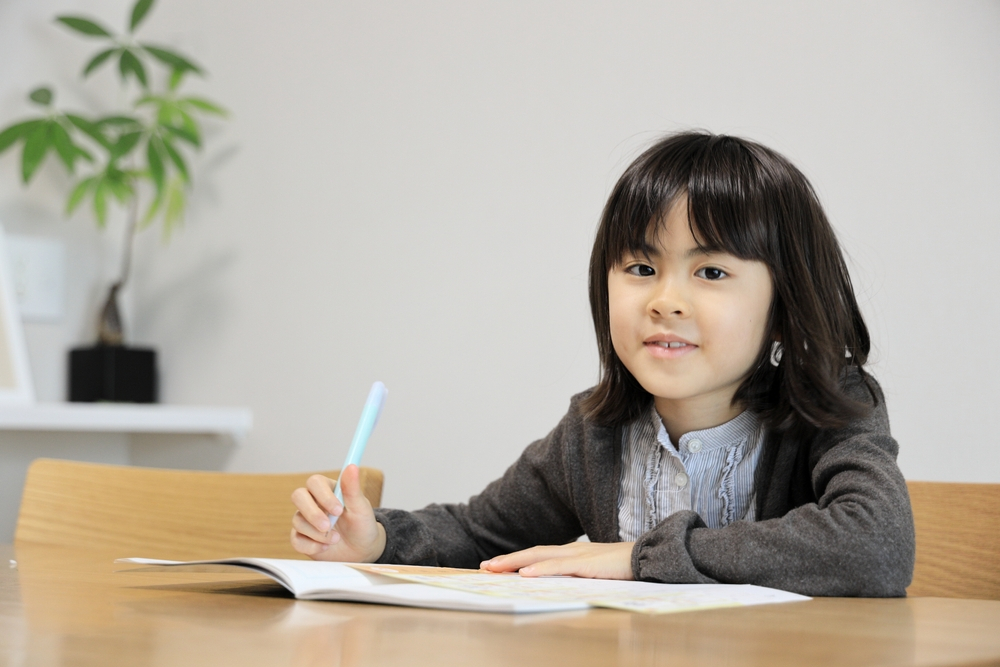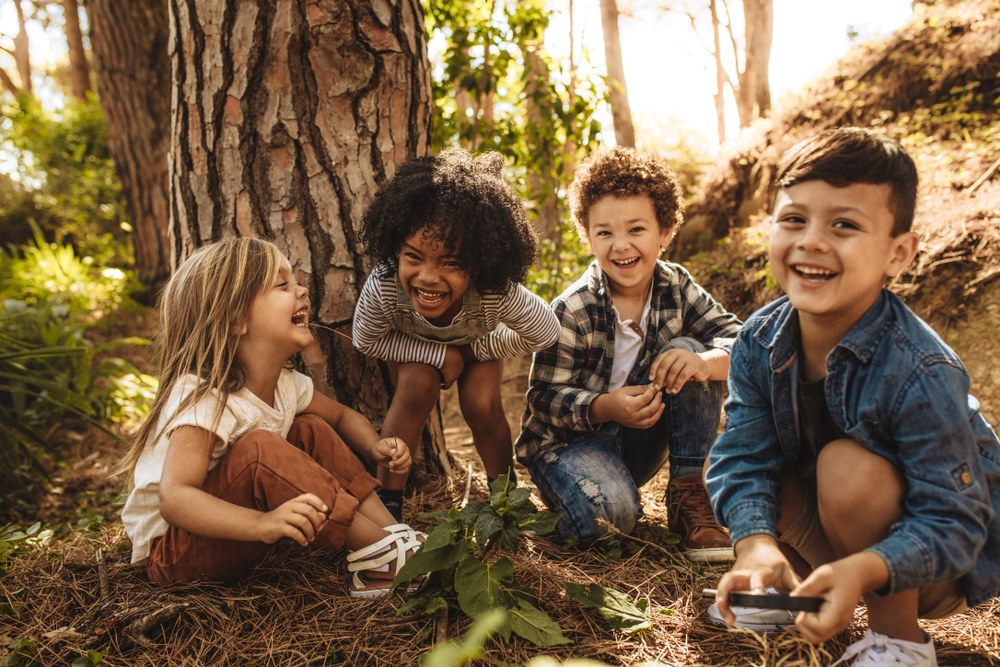
Second grade stands as a pivotal juncture in a child’s educational journey—it’s a time when students transition from learning to read to reading to learn. Well-structured lesson plans underpin this shift by providing a road map for educators to deliver curriculum that targets distinct learning objectives while meeting developmental milestones. Here are some reasons why meticulous lesson planning is indispensable for second-grade educators:
Creating lesson plans for 2nd grade that captivate young learners involves a blend of creativity, structure, and responsiveness to the evolving needs of students. At this age, children are establishing foundational skills that will support their academic growth for years to come. Thus, it is essential to craft lesson plans that not only fulfill educational mandates but also ignite the curiosity and maintain the attention of second graders.
The Importance of Innovating when Creating 2nd Grade Lesson Plans
By integrating creative and engaging teaching methodologies, lesson plans can awaken a child’s innate curiosity and foster a lifelong love of learning. When students find joy in discovery, education becomes a journey they are eager to continue.
Given the diverse spectrum of learning styles and paces in a second-grade classroom, lesson plans that are flexible and cater to individual needs are essential. Personalized learning experiences ensure that no child feels overlooked, helping each student to achieve their potential.
Second-grade education is pivotal in strengthening core skills such as reading, writing, mathematics, and critical thinking. Innovative lesson plans are instrumental in reinforcing these skills through interactive and practical applications.
When lesson plans include activities that encourage decision-making, problem-solving, and creative expression, students develop confidence and independence. These attributes are vital in fostering self-sufficient and motivated learners.
Group projects and collaborative learning strategies enable children to improve their communicative abilities and teamwork skills. These are not only academic skills but essential life skills that will serve them well in various future contexts.
Kid-friendly lesson plans that include elements of social and emotional learning help children to better understand their emotions, empathize with others, and navigate social interactions. This holistic approach supports the well-being of the child as a learner and as an individual.
The Value for Educators and Parents
With innovative lesson plans, teachers can continuously refine their teaching strategies to meet the evolving needs of their students. This professional growth is imperative for maintaining effective teaching practices. Well-crafted lesson plans enable teachers to make optimal use of their resources, including time and educational materials, leading to more productive classroom sessions.
When lesson plans are innovative and engaging, they provide a platform for parents to be more involved in their child’s learning process. This can lead to enriched learning at home and stronger parent-child relationships. Through observing and participating in their child’s education, parents gain insights into their child’s development, helping them to better support their growth both academically and personally.
Creative Ideas for Second Grade Learning
Engaging 7- and 8-year-olds call for a variety of instructional techniques and resources that cater to their growing independence and cognitive abilities. Here are several creative ideas that can be incorporated into second-grade lesson plans to stimulate learning and deepen understanding.
Hands-On Projects
Encourage tangibility and interaction through projects that allow children to manipulate materials and build something related to the lesson. For second graders, creating dioramas of animal habitats in science or constructing simple machines during a physics segment can turn abstract concepts into concrete learning experiences.
Story-Based Problem Solving
Children in the second grade are especially receptive to stories. Design lesson plans that include math problems and science questions embedded in stories. This technique helps students relate to the problem on a personal level and can enhance their reasoning and comprehension skills.
Learning Through Play
Incorporate educational games into the curriculum. For example, use board games to practice math skills like addition and subtraction, or employ memory matching games for vocabulary building in language arts. Games keep the content light-hearted yet challenging, and they also encourage healthy competition and cooperation among classmates.
Creative Writing Prompts
Utilize creative writing to allow for self-expression and the consolidation of newly acquired language arts skills. Lesson plans for second graders could include writing prompts that inspire imagination, such as composing a short story about a space adventure or describing a day in the life of their favorite animal.
Art Integration
Artistic activities can be merged with academic content to make lesson plans more engaging. For example, ask students to illustrate scenes from a story they are reading in class, or to create a visual representation of a math concept like fractions using paint or collage.
Incorporation of Music and Rhythm
Children often respond well to rhythm and music. During lessons, introduce educational songs that teach about history, grammar, or the water cycle. Clapping or tapping to music can also be a way to teach mathematical concepts such as counting, sequences, and patterns.
Real-World Connections
Connect learning to the real world by relating lesson content to everyday situations. In math, for instance, you could create a mock store for children to ‘purchase’ items using play money, thus applying their addition and subtraction skills in a practical context.
For second-grade educators, lesson plans must be more than a list of activities; they should represent a mosaic of engaging, thought-provoking, and creative learning opportunities. Through hands-on projects, story-based problem solving, playful learning, and integration of artistic, outdoor, and musical activities, second-grade lesson plans can become a catalyst for a lifelong love of learning.

Innovative Teaching Strategies for Second Grade
Educators of second graders are constantly exploring innovative teaching strategies that cater to the varied learning needs of their students. Second grade marks a substantial step in a child’s academic journey, where the essence of learning pivots towards a more skill-based and application-oriented approach. To make the learning process both effective and enjoyable, it is crucial that lesson plans for second grade are constructed with innovative strategies that encourage engagement, understanding, and retention.
Enhancing Cognitive and Social Skills through Group Work
One of the most powerful tools in a teacher’s arsenal is the use of collaborative learning activities. Group work helps lessons for 2nd graders become more interactive, as students work together to solve problems, complete projects, and discuss concepts. This social aspect of learning can significantly improve communication skills and build teamwork, which are key skills both inside and outside the classroom.
Assigning small group tasks where each member plays a role can build a sense of responsibility and community. For instance, when reviewing a science lesson, one student could be tasked with gathering information, another with recording data, and a third with presenting findings to the class.
Technology-Assisted Learning
Second grade lesson plans can leverage technology to augment instruction. Implement educational software that allows for personalized learning paths in subjects such as reading or math, helping students to progress at their own pace while receiving instant feedback.
Applying Mathematical Concepts through Real-Life Contexts
Math in the second grade becomes more abstract, so it’s essential to ground it in real-life applications.
Math and Money: Setting up a classroom ‘store’ where students use play money to buy and sell items can turn an abstract math concept into a concrete learning experience.
Time Management: Teaching students to manage time by creating simple schedules or timelines can be an engaging way to learn about hours and minutes.
Scientific Inquiry and Exploration
Second graders are naturally curious, making science lessons an ideal platform for inquiry-based learning.
Nature Detective: Organize scavenger hunts that encourage students to observe and note characteristics of plants and animals in their environment.
Young Inventors: Stimulate creativity and engineering skills by having students design their own simple machines or structures with everyday materials.
Embracing Arts and Creativity
Arts integration in lesson plans for second grade can enhance learning across subjects by tapping into students’ creative sides.
Artful Mathematics: Use art projects to visualize math concepts, such as creating symmetrical paintings to teach symmetry.
Storytelling through Art: Let students tell a story through a series of drawings, which helps with sequencing and narrative skills.
Differentiated Learning for Diverse Needs
Lessons for 2nd graders should be designed to meet the diverse learning needs of all students.
Learning Stations: Set up different areas in the classroom where students engage with the content in various formats—reading, writing, building, etc.
Task Cards: Provide a range of activity cards that cater to different learning levels and allow students to choose tasks that match their abilities and interests.
Fostering Independence and Responsibility
As second graders are becoming more independent learners, it is imperative to create lesson plans that encourage them to take charge of their learning.
Self-Assessment Opportunities: Incorporate simple self-assessment checklists or reflection journals where students can evaluate their understanding and set personal goals.
Choice Boards: Offer a menu of activity options so students can have some autonomy over their learning and engage with the material in a way that resonates with them.
By integrating these teaching strategies into lessons for second graders, educators can create a learning environment that caters to the needs of each student while fostering a deep and lasting understanding of the curriculum content. These approaches not only support academic growth but also aim to develop critical life skills such as problem-solving, independence, and collaboration.
Use Readability Tutor to Help your 2nd Graders Learn to Read Better
With Readability Tutor, your child won’t just read—they’ll conquer reading milestones with confidence. Our AI-powered app offers a 1-on-1 tutoring experience that adapts to your child’s unique learning style, guiding them through the nuances of language with real-time feedback.
From the classroom to the comfort of home, Readability seamlessly fits into your child’s routine, ensuring that lesson plans don’t end at the school bell. Witness the joy as they uncover new words and soar through comprehension levels, all while you track their progress through detailed reports. Your involvement in their educational journey has never been more impactful or easier to manage.
Let’s make every reading session count. Embrace a solution that nurtures your second grader’s literacy skills and paves the way for academic success across all subjects.

 Español
Español